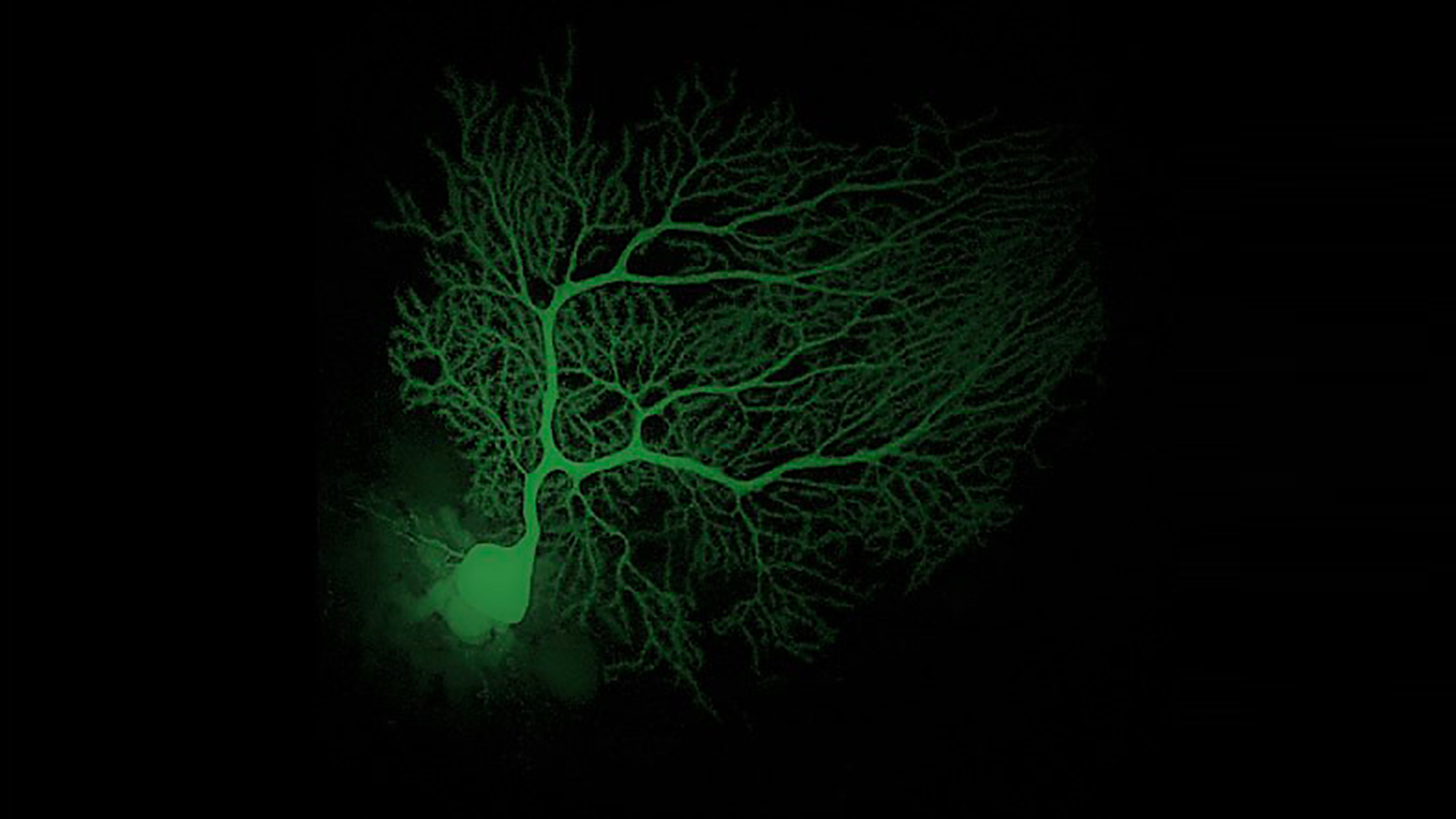
The ataxia is progressive and, in general, it brings the patient in a wheelchair before puberty. The cause resides in a degeneration of Purkinje cells, placed in the cerebellum.
The cerebellar ataxia becomes evident around before the first year of life by the beginning of ambulation, characterized by frequent falls and ataxic gait. The ataxia flow is rather typical: during the first year appears the tremor and when the child begins to take the first steps, the uncertain gait becomes evident. Later, the coordination disorders progress till the loss of position sense and alteration of muscle tone. The ataxia is progressive and, in general, it brings the patient in a wheelchair before puberty. The cause resides in a degeneration of Purkinje cells, placed in the cerebellum. The telangiectasia is the second characteristic sign of the disease, present at the majority of patients with AT and consist of enlargement of small blood vessels of conjunctiva, ear and skin and appear between 2 and 8 years. The immunodeficiency, of variable gravity, is present at ≈ 60% of the patients with AT, that submit the classic deficit of immunoglobulin A (IgA). The life expectancy is reduced because of infections and increased predisposition to lymphoma and leukaemia sign.
